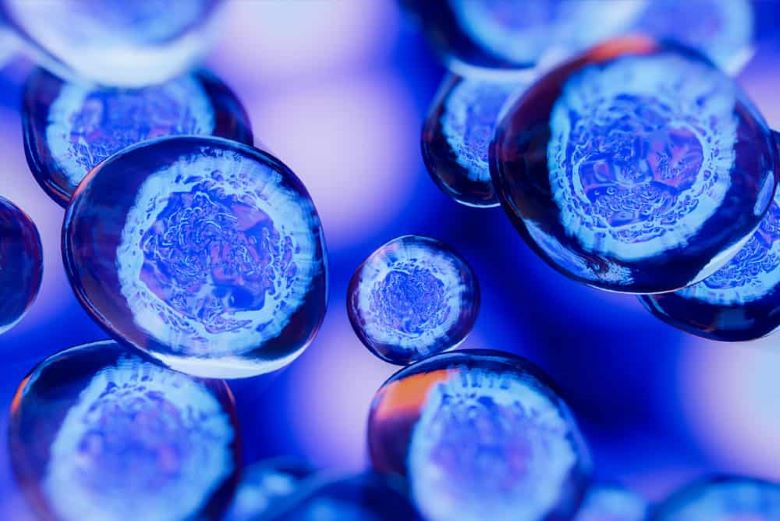
Nicotinamide adenine dinucleotide (NAD) is a crucial coenzyme found in every cell of the human body. Its primary function is to facilitate energy production, but it also plays a vital role in other cellular processes, including DNA repair, cell signaling, and gene expression regulation. NAD can be consumed through various sources, including food and supplements, and its levels decline with age. Understanding how NAD consumption works is essential for optimizing health and wellness.
NAD in Energy Production
NAD is essential for cellular respiration, where cells convert nutrients into energy. In glycolysis and the citric acid cycle, NAD accepts and transfers electrons, facilitating the production of adenosine triphosphate (ATP), which is the body’s primary energy source. Without adequate NAD levels, cells cannot efficiently generate ATP, leading to decreased energy levels and impaired cellular function. Additionally, NADH can be used to fuel oxidative phosphorylation, a process that produces more ATP.
NAD+ and NADH
NAD exists in two forms: oxidized (NAD+) and reduced (NADH). NAD+ participates in redox reactions by receiving electrons from other molecules, while NADH transports these electrons to the electron transport chain for ATP generation. The balance between NAD+ and NADH is crucial for maintaining cellular function, and disruptions in this balance can lead to metabolic disorders and age-related diseases. Maintaining this balance is essential for optimal cellular function and overall health.
Sources of NAD
NAD can be synthesized in the body from the amino acid tryptophan, but it is also obtained from dietary sources. Foods rich in NAD precursors, such as dairy products, poultry, fish, and nuts, can help maintain optimal NAD levels. Additionally, NAD supplements, such as nicotinamide riboside (NR) and nicotinamide mononucleotide (NMN), are available and can boost NAD levels, especially in aging individuals. These supplements provide a direct source of NAD precursors, which can be more easily absorbed by the body.
NAD and Aging
Aging is associated with a decline in NAD levels, which has been linked to various age-related diseases, including neurodegenerative disorders, cardiovascular diseases, and metabolic disorders. Through the use of NAD precursors in supplementation, individuals might sustain elevated NAD levels, potentially decelerating the aging process and diminishing the likelihood of age-related illnesses. Maintaining optimal NAD levels through supplementation or dietary intake can help support healthy aging and reduce the risk of age-related diseases.
Therapeutic Potential of NAD
Due to its critical role in cellular function, NAD has garnered significant interest as a potential therapeutic target. Studies have shown that NAD supplementation can improve mitochondrial function, increase lifespan in animal models, and enhance cognitive function. Further research is ongoing to explore the full therapeutic potential of NAD in treating various diseases and improving overall health. Understanding the therapeutic potential of NAD can lead to the development of new treatments for age-related diseases and other conditions.
NAD has become a focal point in research for its potential therapeutic applications. Recent studies indicate that NAD supplementation not only enhances mitochondrial function but also extends lifespan in animal models, suggesting a profound impact on longevity. Additionally, NAD has shown promise in enhancing cognitive function, opening doors to potential treatments for neurodegenerative diseases like Alzheimer’s and Parkinson’s. Ongoing research aims to uncover the full spectrum of NAD’s therapeutic benefits, including its role in metabolic disorders and cardiovascular diseases. The therapeutic potential of NAD extends beyond aging, with implications for a wide range of conditions. As the understanding of NAD continues to evolve, it holds the promise of revolutionizing the field of medicine by providing new avenues for treatment and prevention.


